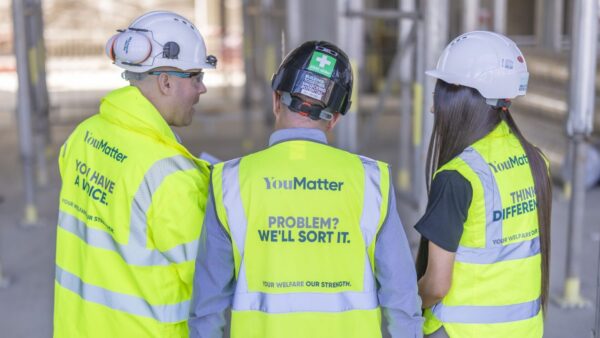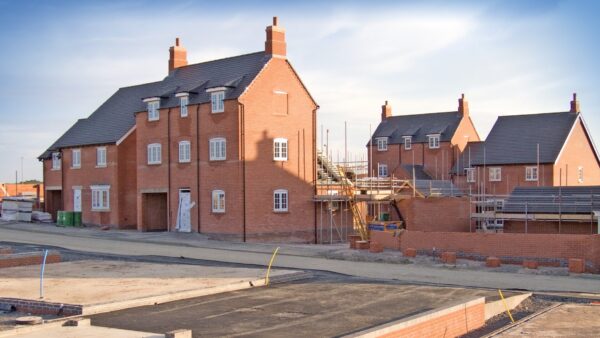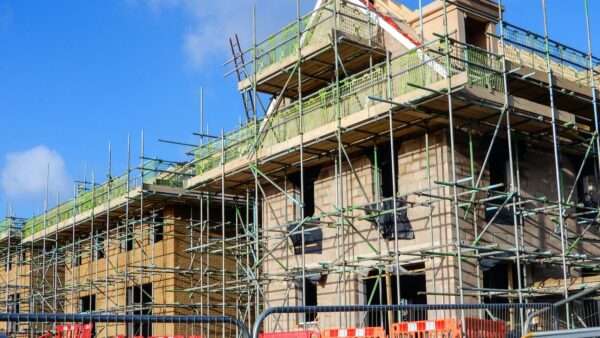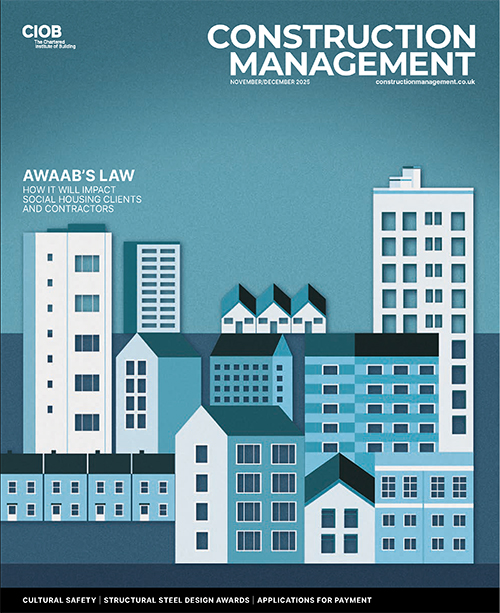Anthony Walker looks at the fire safety issues facing landlords in the social housing sector.

The landscape of fire safety in social housing is undergoing significant scrutiny, with recent regulatory notices issued by the Regulator of Social Housing (RSH) highlighting the pressing challenges facing landlords to ensure resident safety and well-being.
Many landlords are grappling with a backlog of remedial actions, inadequate data management systems, resource constraints, and a complex regulatory environment. The sheer volume of work required to address these issues is daunting, with some organisations facing hundreds or even thousands of outstanding actions stemming from Fire Risk Assessments (FRAs).
The extent of remedial work required is staggering. Many landlords are confronted with extensive lists of necessary improvements, ranging from minor repairs to major structural modifications.
Data and resourcing challenges
Accurate and up-to-date record-keeping is crucial for effective fire safety management. However, many landlords struggle with inadequate data management systems, making it difficult to track overdue FRAs and necessary actions. This lack of robust data infrastructure can lead to inefficient resource allocation and potentially compromise resident safety.
Financial and staffing limitations present significant hurdles for many social housing providers. The sector faces considerable budgetary pressures, often leading to difficult decisions about resource allocation.
Supply chain issues, particularly in sourcing materials like fire doors, have impacted the delivery of major capital investment programmes. The high demand for qualified contractors in this specialised field further compounds these challenges.
Risk management
Landlords need to adopt a forward-thinking approach to risk management, ensuring that potential hazards are identified and addressed promptly. This involves regular updates to FRAs and swift action on identified risks to prevent minor issues from escalating into major safety concerns.
Effective communication with residents is paramount. Landlords must ensure that tenants are well-informed about safety measures and have opportunities to provide feedback on housing conditions. Engaging residents in safety discussions can help identify potential hazards that may not be apparent through formal inspections alone.
Regular monitoring and transparent reporting on compliance with fire safety regulations are essential. This includes maintaining up-to-date records of all safety inspections and remedial actions taken, which can help build trust with residents and stakeholders.
Strategic recommendations
To address these challenges effectively, there are some key measures that landlords should consider.
Implementing advanced data management systems can significantly improve the tracking of fire safety measures. Integrated systems for monitoring FRAs, remedial actions, and compliance status can enhance communication between departments and ensure all stakeholders have access to current information.
Providing comprehensive training for staff involved in fire safety management is crucial. Regular updates to training programmes should reflect changes in regulations and best practices. Securing adequate funding for these initiatives is essential for long-term success.
Working with experts in fire safety, building surveying, and project management can provide valuable insights and assistance in managing complex remediation projects, and importantly support the work of internal teams.
Building strong partnerships with other landlords, emergency services, and housing associations can enhance knowledge sharing and resource pooling. Collaborative efforts can lead to innovative solutions that benefit multiple stakeholders.
Conclusions
The fire safety challenges facing social housing landlords are undoubtedly complex and require comprehensive solutions. By focusing on proactive risk management, improving data accuracy, investing in resources and training, prioritising critical actions, and fostering collaboration, landlords can enhance their ability to protect residents effectively.
The recent regulatory notices serve as a critical reminder of the importance of prioritising tenant safety above all else.
Anthony Walker FCIOB is a director with Sircle which provides fire safety consulting services to social housing landlords.











